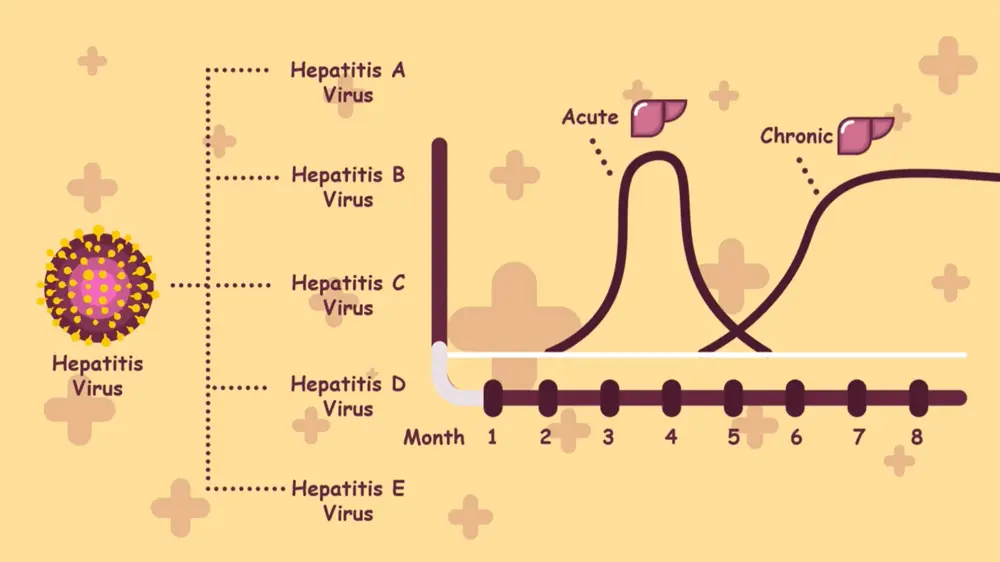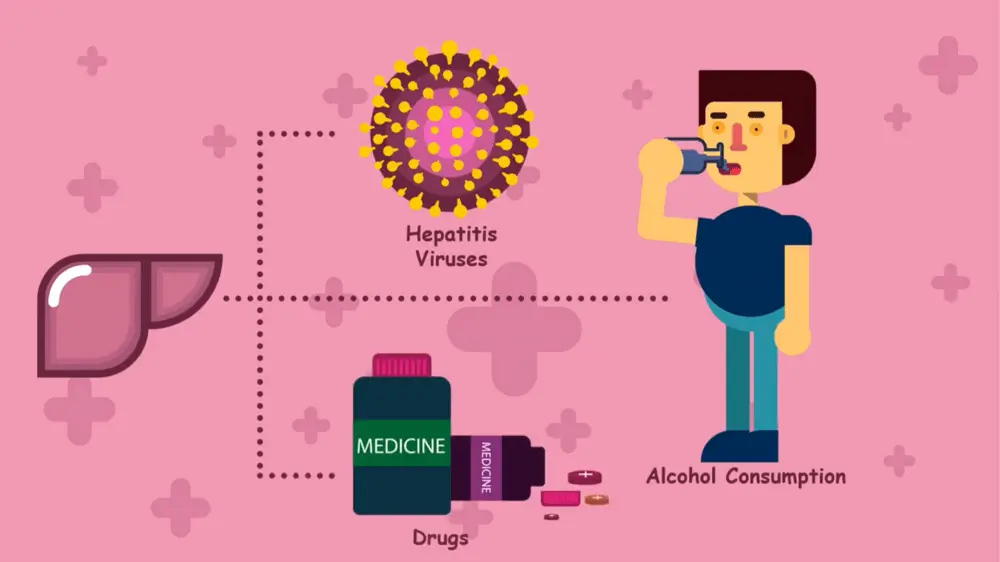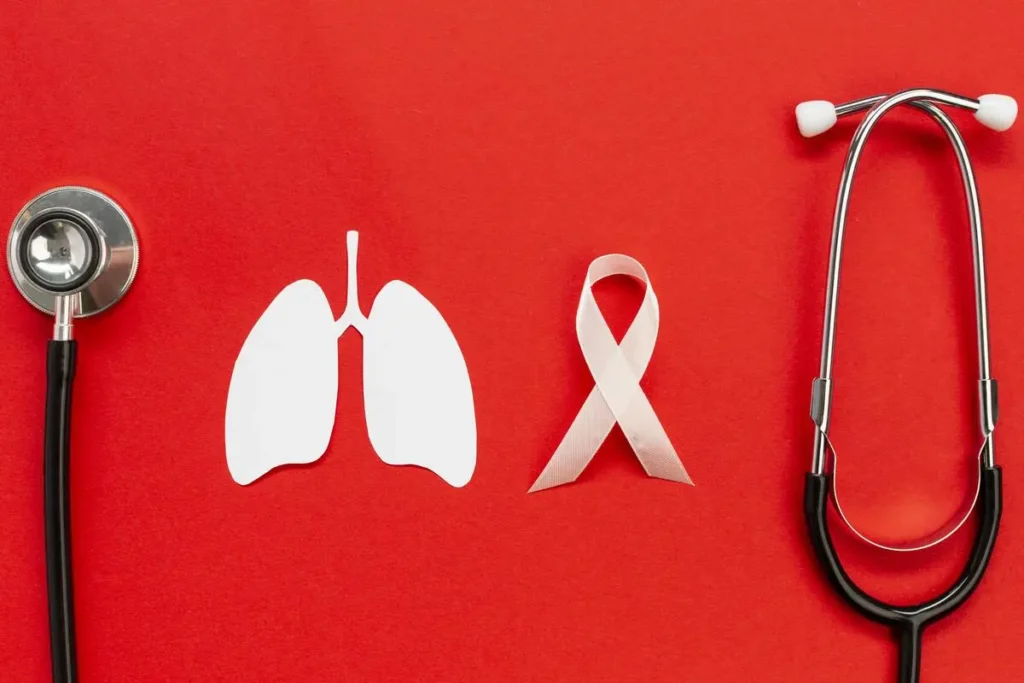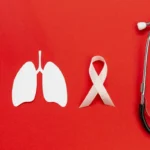Now Reading: Stopping the Spread: A Guide to Preventing Hepatitis A and E Transmission
-
01
Stopping the Spread: A Guide to Preventing Hepatitis A and E Transmission
Stopping the Spread: A Guide to Preventing Hepatitis A and E Transmission

This guide simplifies understanding Hepatitis A and E Transmission, providing practical advice on risks, symptoms, and prevention to keep you and your family healthy. Learn how these viruses spread, recognize early signs, and adopt effective strategies to stay protected and maintain well-being.
You’re at a bustling street market, grabbing a quick bite, unaware that a single sip of water could change everything. Hepatitis A and E Transmission might be waiting, ready to hit with nausea, fatigue, or yellowed skin. Last year, over 1.2 million Hepatitis A and E Transmission cases swept through communities worldwide, while hepatitis E sparked outbreaks in flood-prone regions. Knowing how you get Hepatitis A and E Transmission can make all the difference. This article unpacks Hepatitis A and E Transmission with real-world tips to keep these viruses at bay.
What Is Viral Hepatitis?
Viral hepatitis is when a virus attacks your liver, causing inflammation that can range from mild to life-altering. Hepatitis A and E Transmission each have their own quirks. For instance, hepatitis A, B, and C differ wildly in how they spread, with A and E tied to food and water, while B and C lurk in blood. Getting the full picture helps you stay proactive about your health.
What Are the Symptoms of Viral Hepatitis?
Symptoms for Hepatitis A and E Transmission hit like a gut punch: exhaustion, stomach upset, jaundice, dark pee, and pale stools. Hepatitis B and C can be sneakier, sometimes hiding for years, while D only strikes if you’ve got B. Catching these clues early can speed up recovery.

Hepatitis A
Hepatitis A, driven by the HAV virus, spreads fast, especially where hygiene takes a backseat. Let’s dig into the details.
How Is Hepatitis A Spread?
Hepatitis A transmission happens when you ingest something contaminated with the virus, often through:
- Food prepped by someone who didn’t wash their hands.
- Water tainted by sewage.
- Close contact, like changing an infected person’s diaper.
A 2024 outbreak tied to tainted berries in Oregon sickened dozens, showing how easily HAV sneaks into everyday life.
Who Is at Risk for Hepatitis A?
You’re more likely to catch it if you:
- Travel to places with shaky sanitation.
- Live in packed or unclean spaces.
- Are men who have sex with men.
- Care for someone who’s infected.
How Can Hepatitis A Be Prevented?
Stopping hepatitis A transmission is simple with these steps:
- Get the Shot: The hepatitis A vaccine works like a charm, protecting nearly everyone after two doses.
- Scrub Up: Wash your hands after the bathroom and before cooking.
- Eat Smart: Skip raw clams or oysters and drink clean water.
What Is the Treatment for Hepatitis A?
Is hepatitis A curable? You bet—most folks bounce back in a month or two. Treatment is about comfort:
- Rest and plenty of fluids.
- Skip alcohol to give your liver a break.
- In rare cases, a hospital stay for severe symptoms.
Hepatitis B
Hepatitis B plays a different game, spreading through blood and bodily fluids with a knack for sticking around.
How Is Hepatitis B Spread?
Hepatitis B transmission comes from:
- Unprotected sex with an infected partner.
- Sharing needles or drug gear.
- A mom passes it to her baby during birth.
- Contact with blood, like through unsterilized tools.
A 2025 hospital report noted a spike in cases from reused medical equipment in underfunded clinics.
Who Is at Risk for Hepatitis B?
- Nurses or doctors handling blood.
- People with multiple partners.
- Babies of infected mothers.
How Can Hepatitis B Be Prevented?
- Vaccinate: A three-shot series stops it dead.
- Stay Safe: Use condoms and avoid shared needles.
- Test Moms: Screening pregnant women protects newborns.
What Is the Treatment for Hepatitis B?
Acute cases often clear up on their own, but chronic ones might need drugs like lamivudine. Regular doctor visits keep things in check.
Hepatitis C
Hepatitis C transmission is a bloodborne issue, often flying under the radar until it’s serious.
How Is Hepatitis C Spread?
How is hepatitis C transmitted? It’s mostly:
- Shared needles from drug use.
- Dirty tattoo or piercing needles.
- Rarely, sex or unscreened blood transfusions.
A 2024 health alert flagged rising cases from unregulated tattoo shops in small towns.
Who Is at Risk for Hepatitis C?
- People using injectable drugs.
- Those getting tattoos in shady spots.
- Medical workers around needles.
How Can Hepatitis C Be Prevented?
- Don’t share needles or razors.
- Stick to licensed tattoo parlors.
- Ensure blood supplies are tested.
What Is the Treatment for Hepatitis C?
New drugs cure most cases in 8–12 weeks. Early testing is your best defense against liver damage.
Hepatitis D
Hepatitis D is an oddball—it only shows up if you’ve got hepatitis B, making it a double threat.
How Is Hepatitis D Spread?
It spreads like hepatitis B transmission: blood, sex, or shared needles.
Who Is at Risk for Hepatitis D?
- People with chronic hepatitis B.
- Those in high-risk areas like parts of Asia.
How Can Hepatitis D Be Prevented?
Block hepatitis B with vaccines, and D can’t touch you.
What Is the Treatment for Hepatitis D?
Interferon shots are the go-to, but results vary. Controlling hepatitis B is crucial.
Hepatitis E
Hepatitis E loves chaos, especially in places with bad water. It’s like hepatitis A but with its own twist.
How Is Hepatitis E Spread?
How does hepatitis E get transmitted? Usually through:
- Water contaminated by sewage, especially after floods.
- Eating undercooked pork or deer meat.
- Rarely, person-to-person contact.
A 2025 flood in Bangladesh led to thousands of cases, showing water’s role in its spread.
Who Is at Risk for Hepatitis E?
- Pregnant women, who face serious risks.
- People in areas with poor water quality.
- Fans of rare pork or game meat.
How Can Hepatitis E Be Prevented?
- Boil your drinking water.
- Cook pork well—no pink.
- Push for better local sanitation.
What Is the Treatment for Hepatitis E?
Most cases clear up alone, but pregnant women might need hospital care for complications.

Points to Remember for Hepatitis A and E Transmission
- Hepatitis A and E Transmission hit the liver differently but all pack a punch.
- Vaccines stop A and B; clean habits block Hepatitis A and E Transmission.
- Testing early catches C and D before they wreck your liver.
- Safe water and food are your shield against Hepatitis A and E Transmission.
What Else Causes Viral Hepatitis A and E Transmission?
Other viruses, like Epstein-Barr, can inflame the liver. So can heavy drinking or autoimmune issues. Always get a proper diagnosis.

Clinical Trials
Researchers in 2025 are testing new hepatitis C drugs and E vaccines. Joining a trial could mean early access to game-changing treatments. Check clinicaltrials.gov.
Clinics & Appointments for Hepatitis A and E Transmission
Specialized care can make or break hepatitis treatment.
Hepatology & Liver Disease Clinic
These spots handle hepatitis A, B, and C with top-notch testing and care plans.
Pre-Liver Transplant Clinic
For severe cases, these clinics prep patients for transplants, tackling chronic hepatitis issues.
Related Conditions & Procedures
Untreated hepatitis can lead to cirrhosis or liver cancer. Regular scans and cutting back on booze help keep risks low.
FAQs
They spread through tainted food or water, often in unsanitary settings.
It’s uncommon but can happen where hygiene is poor, doubling liver stress.
Mostly via contaminated water or undercooked pork, rarely person-to-person.
It’s passed through dirty food, water, or contact with someone infected.
Conclusion
Getting a grip on Hepatitis A and E Transmission means you can outsmart these viruses. Vaccines, clean hands, and safe eating keep you protected. Wondering about your risk? Hit up a clinic or try a trusted health quiz to stay ahead of the game.

Sienna Blake is a U.S. health expert, licensed pharmacist, and lifestyle writer. She blends medical knowledge with practical wellness and lifestyle insights, helping readers live healthier, balanced, and more informed lives.
Stay Informed With the Latest & Most Important News
Previous Post
Next Post
-
 01Happy Gilmore 2: Your Complete Guide to the Golf Comedy Sequel
01Happy Gilmore 2: Your Complete Guide to the Golf Comedy Sequel -
 02Joe Root’s Test Runs: England’s Batting Genius in Focus
02Joe Root’s Test Runs: England’s Batting Genius in Focus -
 03The Bad Guys 2 (2025): Everything We Know So Far
03The Bad Guys 2 (2025): Everything We Know So Far -
 04Demon Slayer: Kimetsu no Yaiba The Movie: Infinity Castle Tickets – Your Guide to the Epic Anime Event
04Demon Slayer: Kimetsu no Yaiba The Movie: Infinity Castle Tickets – Your Guide to the Epic Anime Event -
 05The Naked Gun 2025: What to Know About the Comeback Comedy Starring Liam Neeson
05The Naked Gun 2025: What to Know About the Comeback Comedy Starring Liam Neeson -
 06RTX 50 Series Unleashed: Next-Gen Gaming Power Awaits!
06RTX 50 Series Unleashed: Next-Gen Gaming Power Awaits! -
 07Sensory Clothing for Kids: What Every Parent Needs to Know
07Sensory Clothing for Kids: What Every Parent Needs to Know














